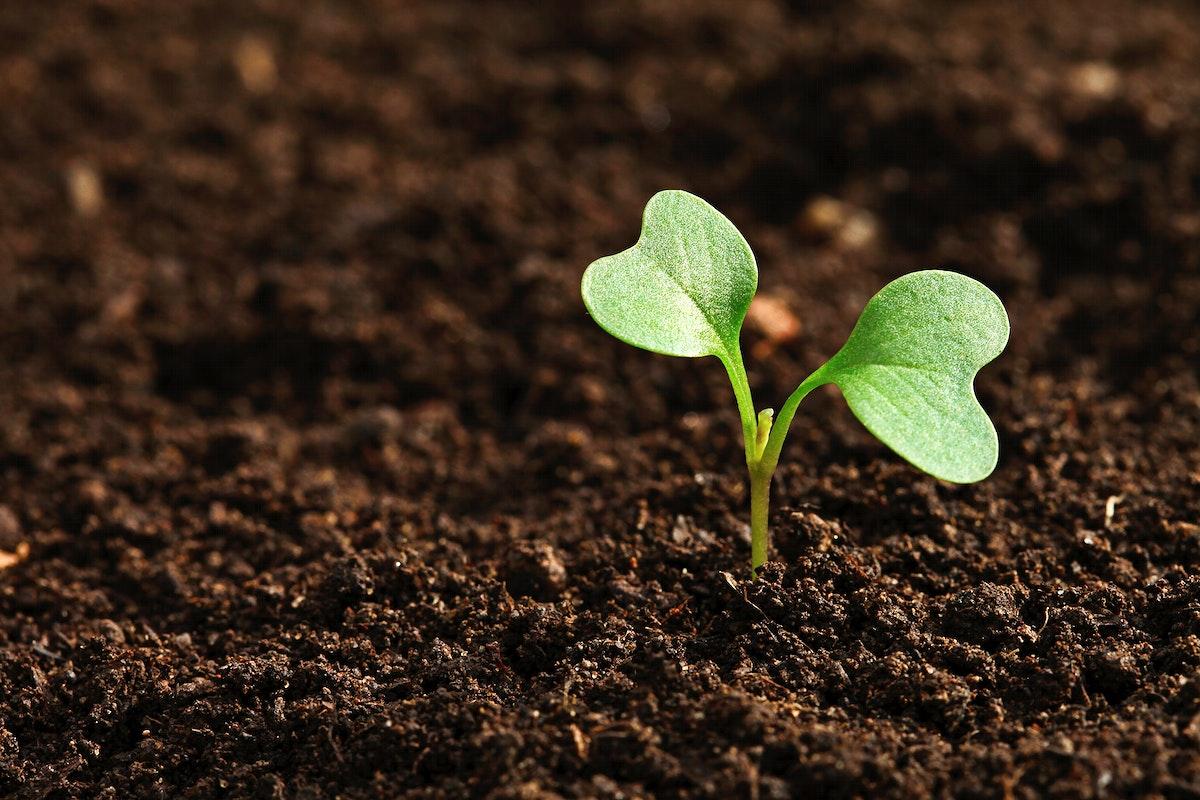
Urban Gardening; Part III: Location, Location, Location
by Toni Edwards
This is the third lesson in the series of lessons comparing how garden growing techniques determine plant growth and production.
In this 3 - day lesson, students will begin with review of the first 2 lessons, determine the best location outdoors to place their urban garden by mapping the sunlight throughout the day, and create a container into which they will transplant their seedlings grown over the last 2 lessons
Lesson Grade Level
5th GradeLesson Plan Link/URL
https://docs.google.com/presentation/d/1qPD5_qOWonU2VJR7TdqX1kPH2P3SEZA-/edit?u…Subject Area
Science Life Science L2: Organisms & Energy Mathematics Measurement and Data (MD) English Language Arts (ELA) Reading (Literature) Speaking & Listening
Featured
Off
Related Content

Grades:
Kindergarten, 1st Grade, 2nd Grade
Students will be learning about the life cycle of a potato, how to grow potatoes, and measuring the growth of the stems. You'll need potatoes that are ready to plant, garden space, or tubs to put the

Grades:
9th Grade, 10th Grade, 11th Grade, 12th Grade
Students will use SEEK or other species identification tools to create a database of biodiversity on campus. The lesson starts with a discussion of the importance of biodiversity to the functioning of

Grades:
9th Grade, 10th Grade, 11th Grade, 12th Grade
Using the Introduction to Hydroponics lab, introduce students to the features of the Hydroponic Systems. Students will explore the different types of grow mediums and grow lights used in the systems